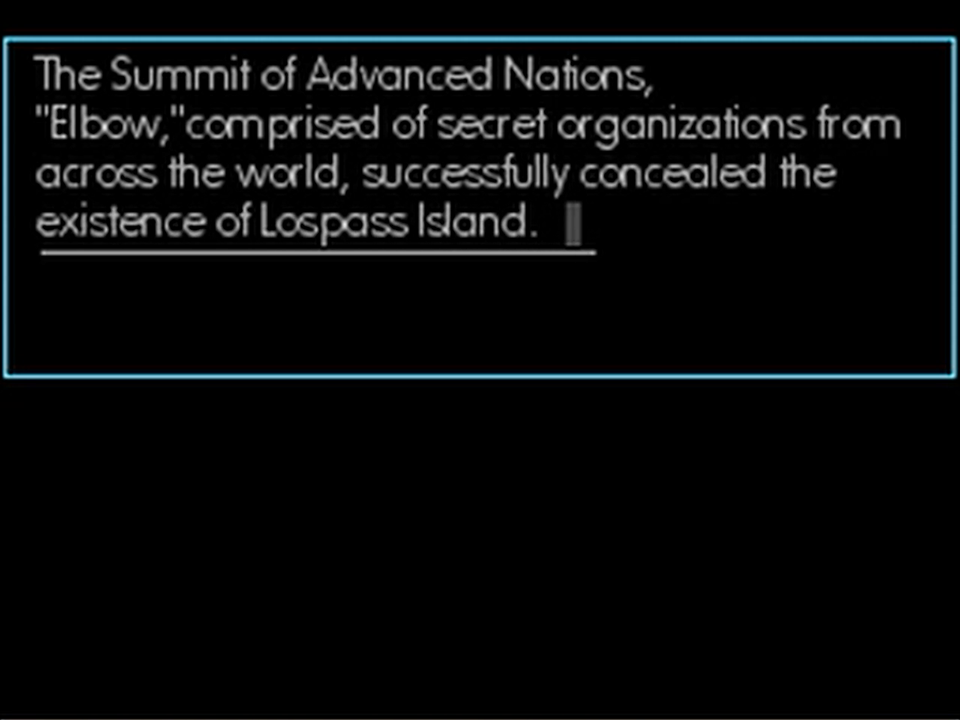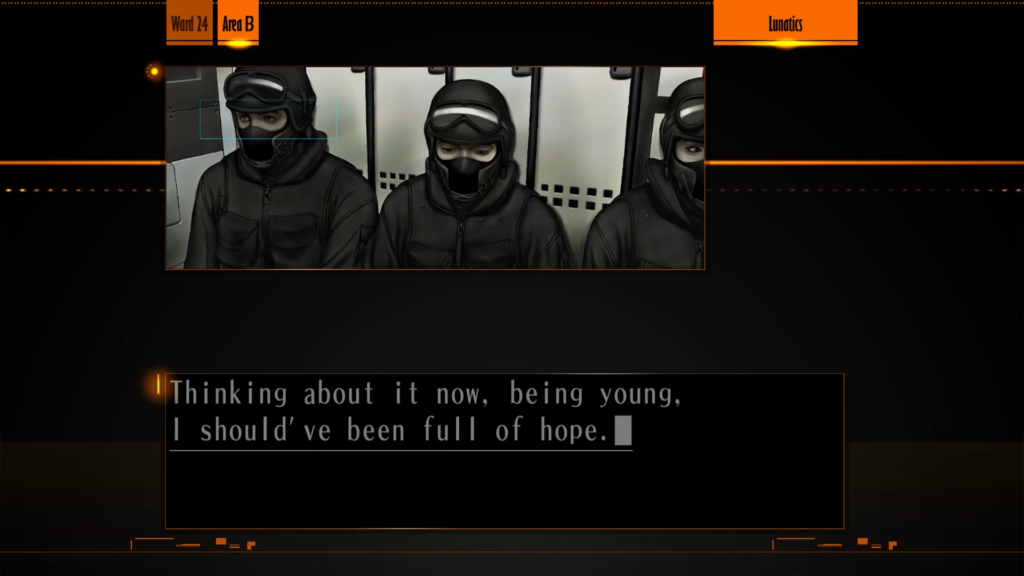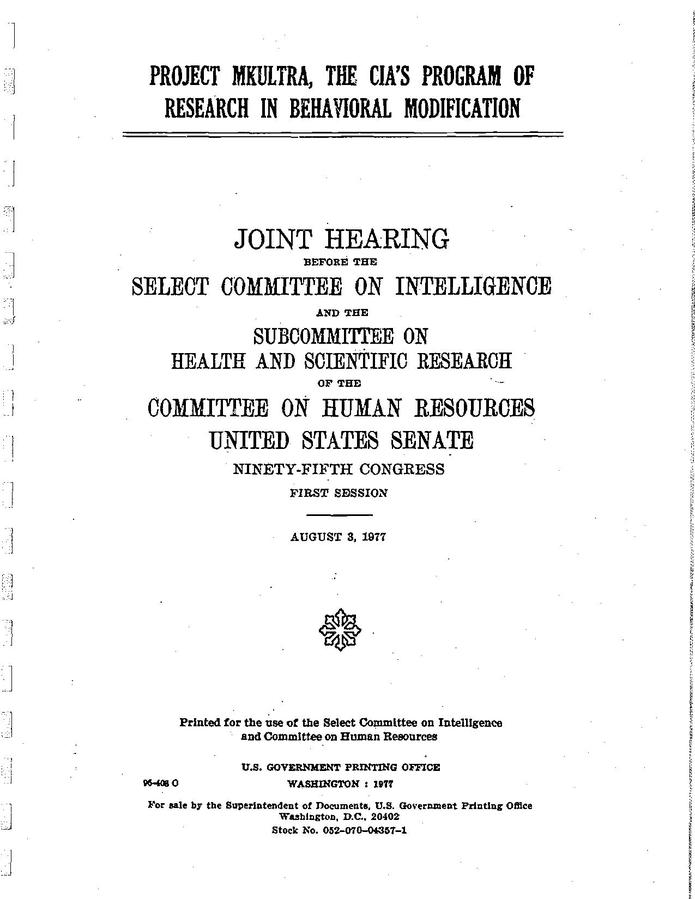ELBOW is not only a metaphor for fate or the absurdity of life. Its status as an international economic set of the secret societies of wealthy countries, the “Summit of Advanced Nations […] comprised of secret organizations from across the world,” carries its own meaning. The cardinal sin of ELBOW that reverberates throughout The Silver Case and the rest of the Kill the Past series is the Shelter Kids Policy, the series of “Maspros” of the Format Kamui/Ayame identities, the “20-year curse that [haunts]” Kamui.

As established, the Kamui and Ayame Maspros are atrocities. In the shelters, the 1440 children are deprived of light. At almost every mention, the darkness of the shelters is emphasized. The old men keeping the young in the dark means denying them the “facts” behind the truth and, by denying them knowledge, denying them the light of possibility and self-actualization, in Piechota’s words, “robbing them of their childhoods in order to control their future” (5). However, the literal descriptions of darkness and sensory deprivation are also relevant to more than establishing the profundity of social injustice.
In “LifeCut,” the document Akira finds titled “Step 7 Educational Direction” describes the four-year-olds being made to sit in complete stillness and silence with no light for fourteen hours straight. In “Face,” the narration describes Sakura’s recollection of the shelters: “The children there didn’t cry. They couldn’t cry. They always appeared both sleeping and awake, all the time in that gloomy space. How long after leaving that place had Sakura regained her tears?” Pridefully explaining his “perfect” plan in “HIKARI,” Uminosuke says, “They [the children] were shown the same things every day, continuously did the same work, and they all did everything in the same way at the same time.” The shelter kids, then, were subject to extreme sensory deprivation, including being prevented from expressing themselves, while perpetually carrying out identical tasks to erode their sense of time and identity. In addition, the trauma is so severe that it induces amnesia of the project so that the Shelter Kids later have to relearn what happened to them, if they ever do. “It’s not that our memories have been erased, but that it hurts to remember, so we can’t. It was traumatic.”

***
Given the context of brainwashing and bizarre government conspiracy, Suda and Ooka may have taken at least indirect inspiration for the Shelter Kids Policy from MKULTRA. While a major influence on conspiracy fiction (a likely influence here) and unfortunately a longstanding fixture in conspiracy theories, MKULTRA was a real secret CIA project to devise a means of brainwashing people. In The Search for the “Manchurian Candidate,” John D. Marks quotes a CIA document as stating the objective was “controlling an individual to the point where he will do our bidding against his will and even against such fundamental laws of nature as self-preservation” (23).

Morse Allen approved MKULTRA during the Korean War. Initially called BLUEBIRD and then ARTICHOKE before the final name, MKULTRA started in 1950 with involuntary human experimentation carried out in Japan (Marks 23). The three different names of the project reflect conflict over the project between different departments of the CIA. While there was nothing remotely like the violence between government factions in The Silver Case, Marks writes, “The bureaucratic wars were drawn-out affairs, baffling to outsiders; yet many of the crucial turns in behavioral research came out of essentially bureaucratic considerations on the part of the contending officials” of the Office of Security and Scientific Intelligence unit (29). Finally the project was passed to a third CIA department, the Technical Services Staff. There is, then, a degree of real-world precedent for the shifting bureaucratic control of the Maspro operations.